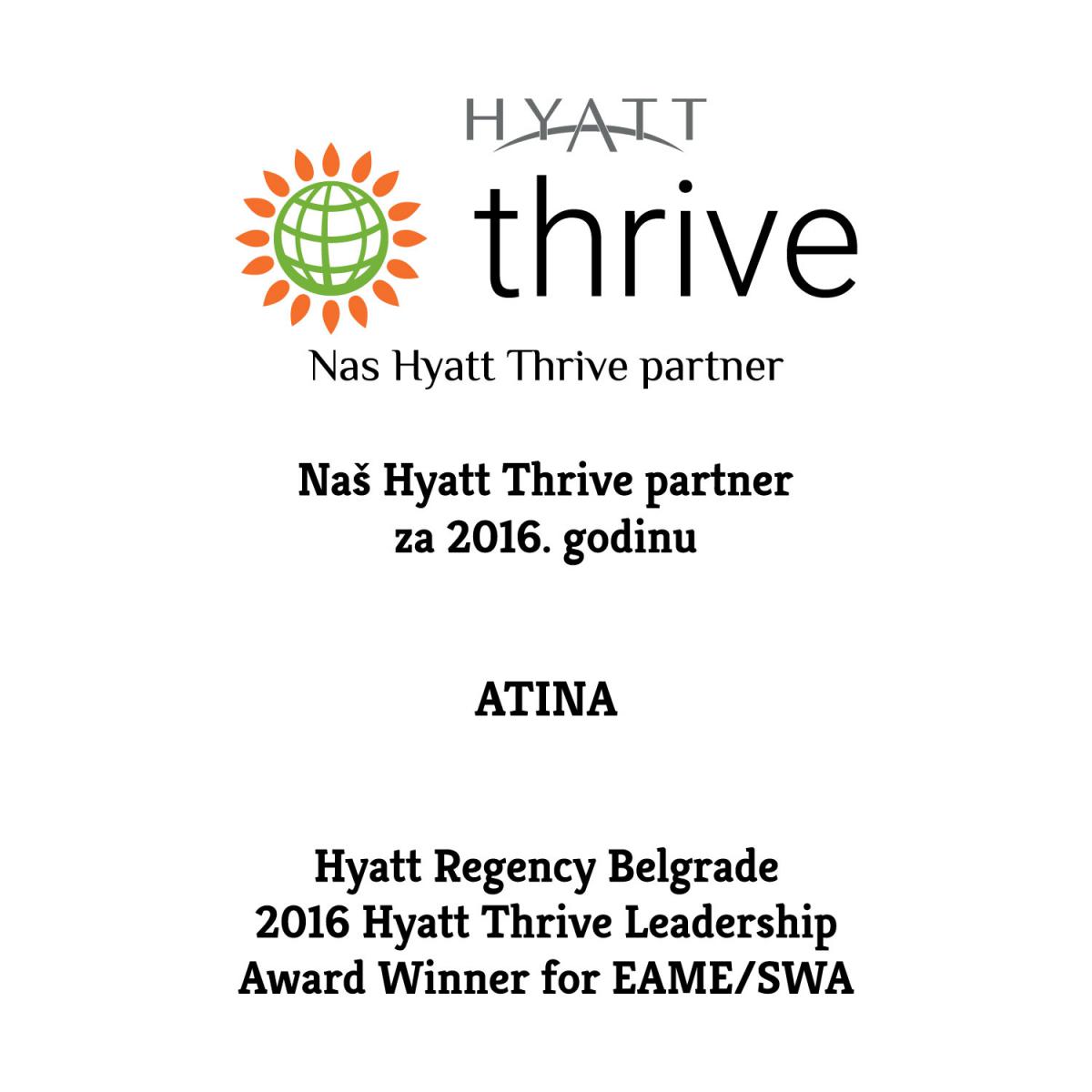Hotline: +381 61 63 84 071
Supply and Demand

Due to an increasingly restrictive border regime along the ‘Balkan route,’ the business of people smuggling is on the rise.
From the news out of Bulgaria last week, one would think that the country had a very limited number of bus companies – at least those interested in lucrative, EU-funded work. According to accounts in the media, the then head of the border police, Antonio Angelov, signed a 100,000-euro contract in early August with a local bus operator to transport refugees who were stopped at the border to a Bulgarian refugee camp. No major problem there, except that the owner of that very same company had been arrested earlier this summer for alleged migrant smuggling.
Angelov and his deputy ended up resigning after Bulgarian Prime Minister Boyko Borissov (pictured) called for their heads, saying "It's shameful, there's no other way to put it."

For many Bulgarians, the news of alleged cooperation between the country’s border police and human traffickers was only confirmation of long-held suspicions. And they are not the only ones seeing evidence that the rumors might be more than just that. Just a few weeks earlier, police officers were among those arrested in Macedonia on suspicion of participating in a human trafficking ring.
Reports of human smuggling rings, whether involving the authorities are not, have been an increasingly common phenomenon since the borders were closed in several countries along the so-called Balkan route earlier this year. On the surface, these attempts to limit the flows seen last year might seem to have stamped out illegal migration, but the influx has not stopped, albeit the efforts of Europe’s border guards. It has shifted and adapted to the new situation of gridlock at increasingly militarized borders.
As there are virtually no chances left for migrants crossing the Balkans freely by themselves, activists say they often resort to being smuggled across the closed borders. That has made it even harder to track and regulate migration flows through the Balkan states, and has exposed migrants to the risk of exploitation by criminal networks – at points in time when they have limited possibilities to access support and protection services.
Closing the ‘Balkan Route’
The situation today is a far cry from much of 2015, when the largely free movement through these countries meant a comparatively low number of smuggling incidents.
During the “migration crisis” of 2015 hundreds of thousands of migrants walked across the Balkan states towards the European Union, fleeing war, persecution, and economic despair. According to Frontex, the EU’s border agency, the number of irregular border crossings on the “Balkan route” alone was estimated at 764,038 last year.

Migrants at the Slovenian-Croatian border in October 2015. Image by Ministry of Defense of Slovenia
The sheer number of migrants, at least for a while, forced countries along the way to provide shelter and even transport in order to move along the stream of people to the next country. Being “waved through” made it possible for migrants to travel along the route largely by themselves, not having to rely on smugglers and also enabled authorities to keep track of the number of migrants on the move. People could also freely take advantage of the assistance offered by various organizations along the way.
Under pressure from the EU, and facing growing domestic opposition toward receiving migrants, countries along this same route have moved from organizing a safer flow of people through their territories to securing their borders, eventually closing them almost completely to migrants in March 2016. Barbed wire and an increasing amount of police and military personnel are now supposed to keep migrants at bay in Montenegro, Serbia, Hungary, Croatia, Slovenia, and Austria, effectively sealing off the EU and compelling migrants to take other approaches.
“Now they are forced to use illegal ways of crossing borders and countries, and they are solely in the hands of the smugglers,” said Stojne Atanasovska Dimishkovska, program manager at the anti-trafficking organization La Strada in Macedonia. “They’ve become invisible and far from the support and protection services,” she added.
“Everything started to go underground,” said Jelena Hrnjak, director of the Serbian anti-human trafficking organization Atina. “Those people became again invisible for the system, invisible for regular citizens. They started to hide more and be in a more risky situation. Because they are in a position that the government accuses them of being illegal in the country, and then they could be punished for those actions.”
Big Business
The decisions to seal the borders have also made many people rich. A recent report by Europol, the EU’s law enforcement agency, estimated that criminal smuggling networks earned between $5-6 billion in 2015 by facilitating migrant’s journeys to EU countries. Because of the intensifying efforts to close and control the borders in Europe, Europol expects the number of “facilitated” migrants to rise in the future, calling it the “fastest growing criminal market.” The report also expects a “further diversification of routes ... as smugglers adapt their services to increased controls and find new ways into the EU.”

With those types of profits at stake, the number of those willing to engage in smuggling has, unsurprisingly, skyrocketed, as Rob Wainwright (pictured), Europol’s director, said in a recent interview with the Thomson Reuters Foundation. “We are seeing a huge increase in the size of the criminal market ... with larger syndicates starting to bed down and take control," Wainwright said. "The question is whether we can get to the stage where we can coordinate operations to arrest them. We are not at the stage yet.” Europol now has 50,000 suspected people smugglers in its database with an ever-increasing number identified over the past few years. A total of 6,400 new entries were made in 2014, 10,000 in 2015, and already 7,000 in the first half of 2016. And in a statement following a June joint action across the Balkans, which netted almost 40 smugglers, Wainwright predicted that the price for the smugglers’ services would rise, as well as cases of exploitation in transit and destination countries.
The two are, of course, related. As costs rise, migrants have greater difficulties affording the additional expenses and often agree to pay off such fees upon arrival, according to activists fighting against human smuggling. Those problems are exacerbated as the profile of the migrants now taking the trip to Europe has changed, Atina’s Hrnjak said. Last year brought more middle-class people, who had often received a higher education in their countries of origin and commanded some financial means and support from families back home or in other countries. According to Hrnjak, the current migrants have fewer funds and outside assistance and seem more desperate – making them more prone to exploitation in order to pay off the traffickers for their journey.
“What we see exactly at this point and what a lot of refugees, unaccompanied minors particularly, are saying to us is that they didn’t pay anything for a trip with a smuggler and they will resolve the situation when they reach the destination country,” she said. “That’s a clear indicator that they will have to either be forced into prostitution, or forced labor, or forced into criminal activities.”
“Smugglers are in fact criminals who often abuse refugees – physically, psychologically, and sexually,” says Bogdan Krasic of the Belgrade Center for Human Rights. “There have been cases recorded where smugglers have abducted refugees within Serbia in order to demand further payment. There are also numerous cases where groups of refugees are abandoned by their smugglers in remote areas where they are left to wander for days without food and water. Many experience fraud where smugglers inform them that they have arrived to their country of destination while in fact they are in Serbia.”
However these reports are most likely just scratching the surface. It is rare for smuggled migrants to share their stories, especially when they are still on their way and dependent on the goodwill of the smugglers. “They have to feel safe in order to share their story,” said Hrnjak.
In No-man’s Land
Smugglers don’t only target those at the beginning of their journey, but also those who have been stuck along the way.

Construction of the anti-migrant barrier on the Hungarian-Serbian border, August 2015. Image by Freedom House/Flickr
Hungary has taken a particular aggressive approach in securing its border and regulating the flow of migrants. Not only has the country erected a 110-mile long, razor-wire fence on its border with Serbia and heavily restricted access to migrants even early on, it has recently adopted new legislation allowing border guards to push back behind the fence any irregular migrant found within five miles (eight kilometres) of the border. The distance, however, seems to be arbitrary as migrants from further inland have been “escorted” out as well, the BBC reports.
These pushbacks have been heavily criticized by international organizations like the UNHCR, concerned about the alleged use of excessive force by border authorities against migrants, the criminalization of irregular entry into the country, and the increasing amount of migrants getting stuck in the transit zones, as Hungary only processes and admits about 30 people a day at the Hungarian-Serbian border.
The low rate of processing has resulted in hundreds of migrants being held in the two transit zones, living under appalling conditions in the no-man’s land between Serbia and Hungary. Without other options to cross into Hungary many of the backlogged migrants will resort to the help of smugglers if they don’t want to get stuck indefinitely in the very poor conditions of the transit zones.

Migrants crossing the border barrier into Hungary in August 2015. Image by Gemes Sandor and SzomSzed/Wikimedia Commons
“We are just now dealing with the consequences of bad decisions previously made by others,” said Hrnjak from Atina, the Serbian anti-trafficking organization now struggling to provide services to those who are no longer visible – until they get caught or worse.
Text by Sebastian Zimmermann
Sebastian Zimmermann is a graduate student in the European Master in Migration and Intercultural Relations (EMMIR) program and a TOL editorial assistant.
More about this text can be found here: http://www.tol.org/client/article/26232-supply-and-demand.html












 FACEBOOK
FACEBOOK TWITTER
TWITTER YOUTUBE
YOUTUBE